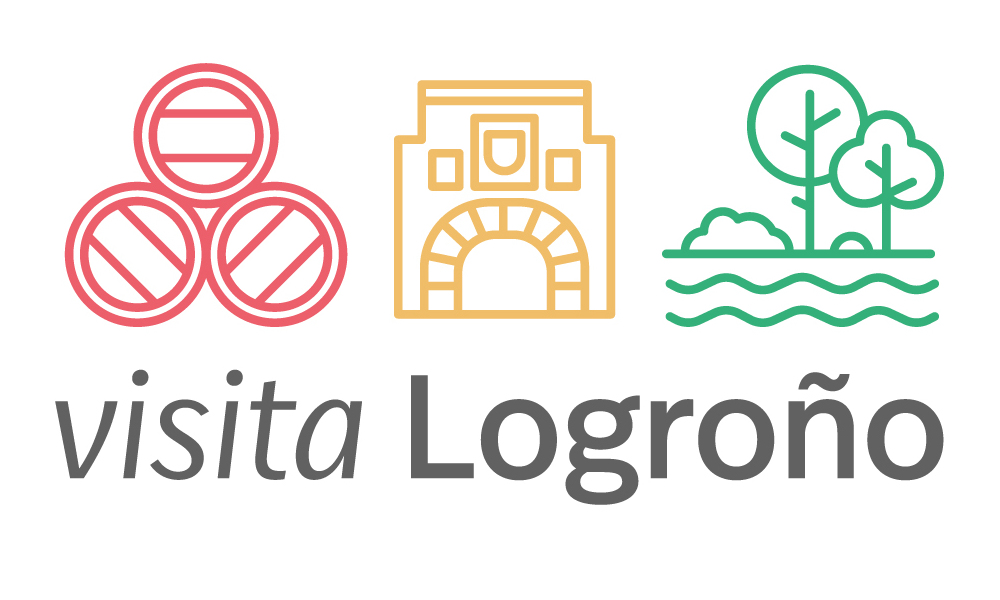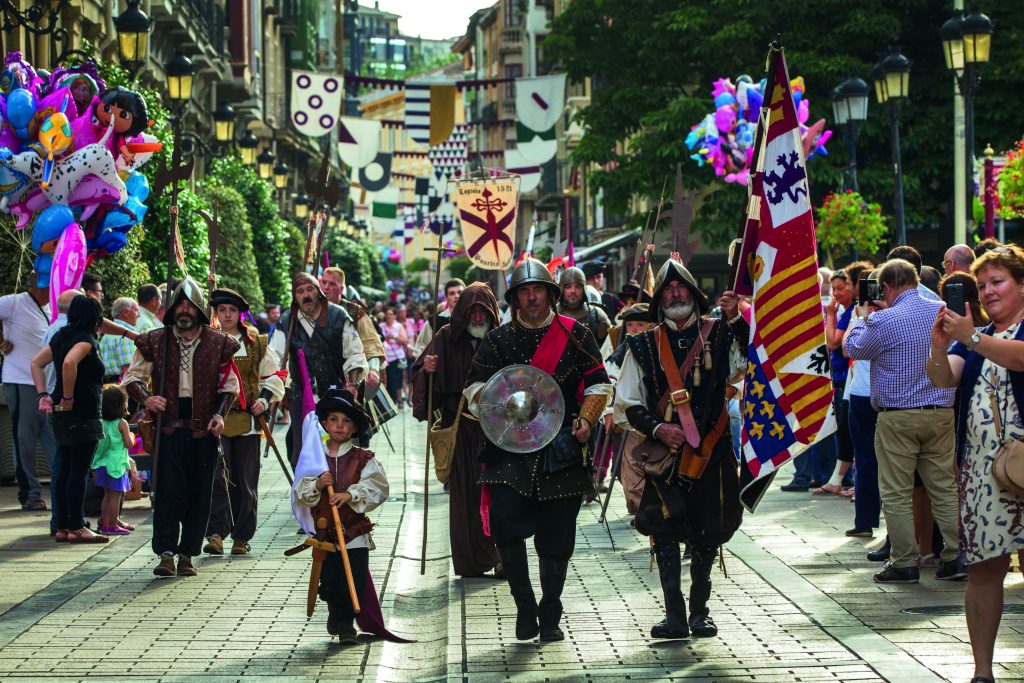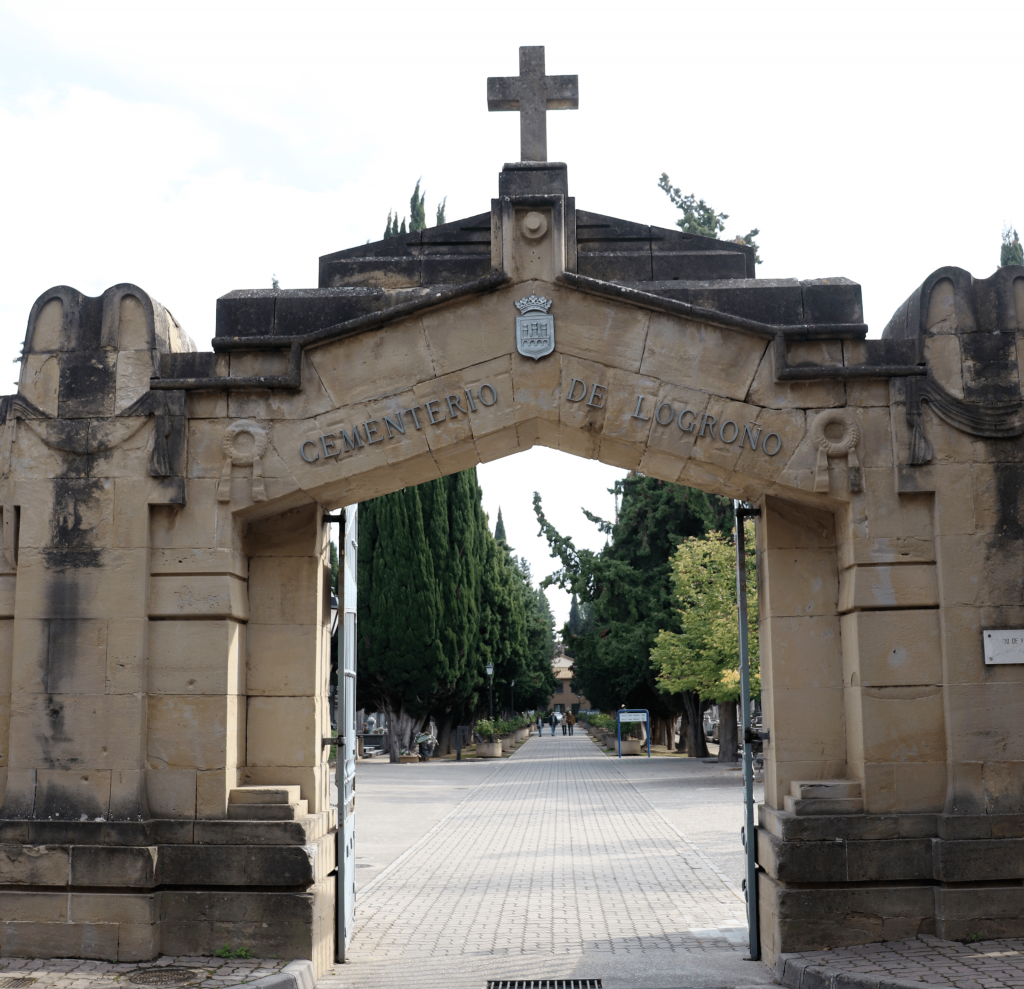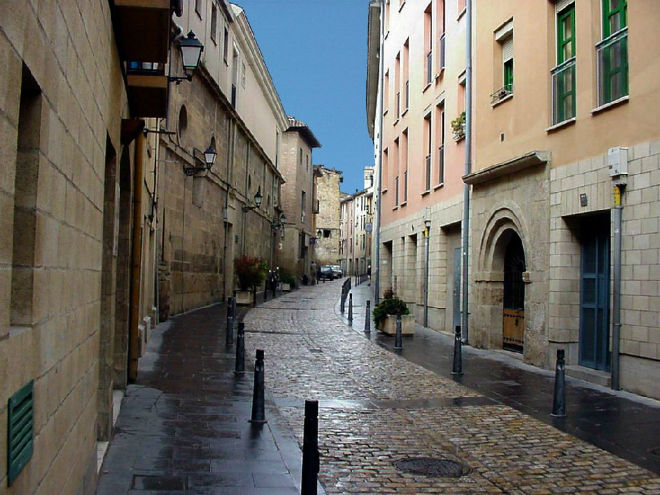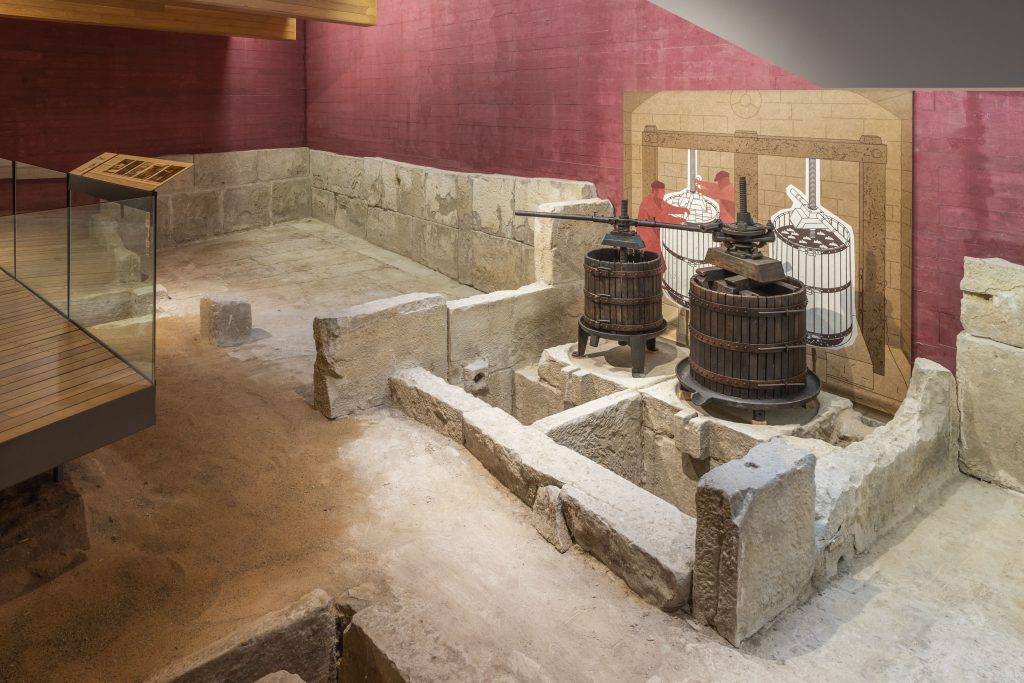One thing that’s obvious is that Logroño is linked to wine culture. But let’s interpret “culture” in the broad sense, because then we will see many different Logroños, all focused on the vine.
The road winds its way through the ravines and crags of the Iregua valley, before it comes to a halt on the fertile plain from where Logroño can be seen. Neat lines of vineyards stretch towards the capital of La Rioja. But this was not always the case.
There was a time when the vines were also wild, and in their heart of hearts, they still are. That is why, like wine, Logroño must be savoured slowly, giving it time to reveal its inner strength.
Today the city today is a space made up of wide boulevards and spacious squares that then becomes entangled in winding, cobbled streets on the banks of the Ebro. This is where a part of the most natural side of Logroño is visible, the Logroño that is proud of its green spaces.
The walls become forest on the banks of the river in the Ebro Park and then a gentle grassy hill on reaching the Parque de la Ribera, where the magnificent profile of the Riojaforum conference centre and auditorium stands out, which opened its doors for the first time to celebrate – what else – the 4th World Wine Forum.
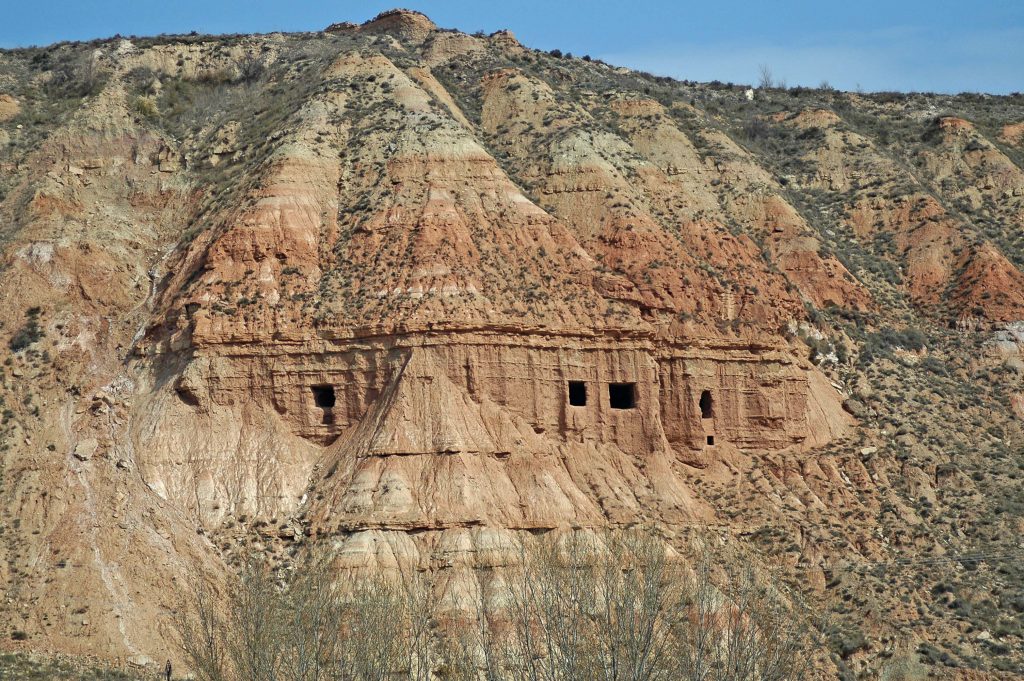
Cantabria Mount.
Many years ago, there were orchards located in this same place, although the inevitable vines grew stronger and better just opposite, on Mount Cantabria.
And they continue to do so, after the Romans endeavoured to domesticate them and produced wines similar to those we drink today.
Of course, in the case of Logroño, first they had to face the Berones, a people of Celtic origin whose remains were found on the top of the mountain.
For their part, the Romans founded the city of Vareia, from which the Varea neighbourhood takes its name.
The Romans also brought with them a taste for celebrations linked with wine, after stealing the god Dionysus from the Greeks and turning him into Bacchus.
The annual grape harvest festival was also celebrated, in what was almost a foretaste of what would one day become wine tourism.
That Roman tradition of celebrating and sharing with a drink in the hand is respected in the best of ways in Logroño, which is famous for its cuisine and its traditional tapas and pinchos areas, such as San Juan or Laurel streets.
There is an excellent selection of both on offer, but it should be noted that each bar specialises in a particular product. For example, in one they serve tasty grilled mushrooms; in another, grilled prawns with pineapple; further on, scrambled eggs with eel, cod, chistorra, morcilla, etc.
All cooked using the produce on sale in the neighbouring San Blas Food Market, which is well-stocked with local produce. Discovering all the pinchos requires a journey from bar to bar where every bite is a new opportunity for socialising.
But let’s continue on our own particular journey through time around Logroño and its vineyards. Just a few minutes’ walk from the restaurant area, the Co-cathedral of Santa María de la Redonda has a legend from the Middle Ages attached to it.
It is said that in the 12th century the alluvial soils near the river tended to give way during construction, so it was decided to firm up the foundations using old vines.
Incidentally, the Catholic Kings also played their part in the consolidation of local viticulture, since according to their custom vines were replanted on the lands acquired during the Reconquest, especially along the Way of St James.
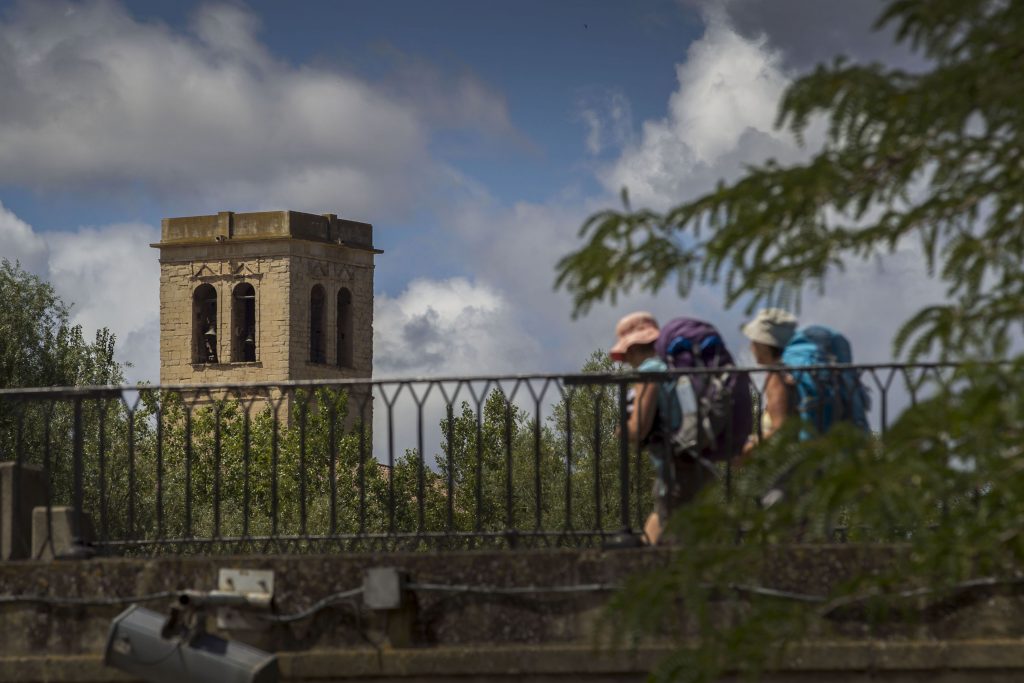
Pilgrins on the Way os St James in Logroño.
Logroño is an obligatory stop for pilgrims who walk through it, exploring the famous calados of the old town, where wine was stored in large stone containers during the Renaissance.
The Way tempts the walker with activities and events, and leads walkers through a good part of the city centre.
Nobody is going to dig into the cathedral’s cellars to check out the history of the vines, but there is some debate about the painting of the Calvary that is preserved behind the choir stalls of the co-cathedral.
Some attribute it to none other than the great Michelangelo, while others consider it to be a very faithful copy made by one of the artist’s disciples, as the painting became very popular in its time.
The best thing to do is simply to go and enjoy it.
In Logroño, art is not only in the churches, but also in the streets. In initiatives such as La Calle es un Museo, which proposes an alternative way to visit the city through its sculptures and murals, or festivals such as Concéntrico or Lovisual: the former focuses on architecture and design and includes ephemeral interventions in squares and avenues, while the latter focuses on works in shop windows to surprise the onlooker.
These are just some of the examples of Logroño’s taste for contemporary and innovative design, a tradition that began five hundred years ago after the defeat of the French army during the famous siege of the city, which not only gave rise to the most famous of patron saint festivals on the day of San Bernabé, but which, in the opinion of many historians, represented the awakening of Logroño in economic, social and cultural terms.
Hence the abundance of Renaissance palaces and buildings, a fashionable trend during the reign of Charles I. The vines that were left growing at the gates of the city in the Middle Ages and that the French invader trampled mercilessly underfoot also started to grow again.

Provincial Historical Archive
As time is an expert in delivering poetic justice, it was precisely from France that the techniques to improve the quality of local wines would later arrive, thanks in part to Luciano Murrieta, an adopted son of Logroño who travelled to Bordeaux to study them.
The phylloxera plague also played its part, as it spread through the neighbouring country leading to the emigration of many winemakers who settled in La Rioja to continue their activity.
Wine in Logroño is history; it is a cultural journey, and it has shaped the landscape. It also represents partying, tapas and the ancient pilgrim route.
It is modernity, art and sophistication, without giving itself any airs of grandeur. The lifeblood of the vines runs underground and links the past with everyday life.
And one last recommendation before visiting the city: when you want to have a drink, don’t just order a glass of red.
At least specify whether you want a young wine, a crianza or a reserva. The bar staff will thank you. And so will your taste buds.
